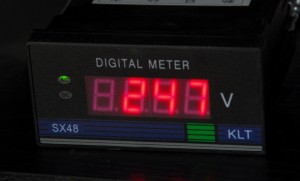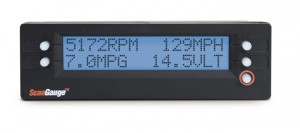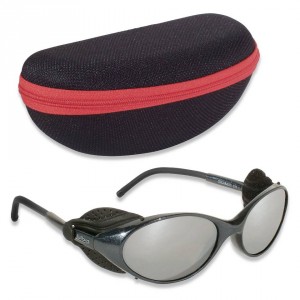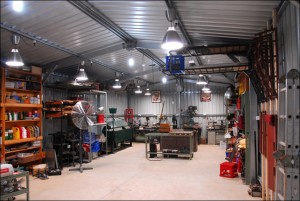Bloody brackets….
I hate making brackets that hold things driven by belts.
The last, most horrible job that I performed in this area was installing a supercharger on a Toyota Prius. I wanted to get the little blower mounted in a position where it could be driven by a longer version of the standard serpentine belt. This required painstakingly accurate building of a heavy duty and rigid bracket. The only place to put the bracket was where the engine mount sat – so the new bracket also became a new engine mount.
In itself that wasn’t so difficult, but getting the pulley mounted in exactly the right plane was just so time consuming.
However, in the end, the belt drive system (including a new idler pulley) worked perfectly – pity the supercharger was so noisy that it all had to come off again.
Right now I am building the bracket to place an alternator on a 2001 Honda Insight. (The Insight doesn’t normally use an alternator.) I don’t know if it’s just me, but this darn bracket is taking me forever.
The alternator is being located between the engine and the firewall, with access possible from both top and bottom. But the bolts on which the mount can ‘pick up’ are few and far between, meaning the bracket has to be a complex, odd shape.
Furthermore, it needs to provide the mounts for two idler pulleys. Why two? Well, they are needed so that firstly, there’s enough belt wrap around the crank pulley; and secondly, so that the belt misses the engine mount.
The resulting alternator bracket needs to be stiff, able to be installed (more difficult than it sounds when the fastening bolts for the bracket are on the side of the block, the end of the block, and under the block), and of course needs to be able to be built.
So how long is this taking me?
Including making a mount on which the alternator can sit temporarily as it’s juggled into the correct position, positioning the two idlers, clearing the torsional vibration damper on the driveshaft at full suspension bump, nestling the alternator as close as possible to the engine block, moving things around so an off-the-shelf belt will fit – and then cutting and welding 8mm plate, positioning the alternator drive pulley and the two idler pulleys in exactly the right plane, straightening bracket distortion after welding… well I’m still going on the bracket, and I reckon so far it’s taken me three full days.
I know I am a pretty slow worker, but three bloody days!
Anyway, the good news is that the top part of the bracket is now in position, the alloy engine mount has been milled to allow the plate to be sandwiched between the engine mount and the block without then causing a host of clearance problems, and as I write this, I am waiting for a belt that I think is the right size – better to have a belt on hand before I drill the hole for the second idler pulley….

 Julian Edgar, 50, has been writing about car modification and automotive technology for nearly 25 years. He has owned cars with two, three, four, five, six and eight cylinders; single turbo, twin turbo, supercharged, diesel and hybrid electric drivelines. He lists his transport interests as turbocharging, aerodynamics, suspension design and human-powered vehicles.
Julian Edgar, 50, has been writing about car modification and automotive technology for nearly 25 years. He has owned cars with two, three, four, five, six and eight cylinders; single turbo, twin turbo, supercharged, diesel and hybrid electric drivelines. He lists his transport interests as turbocharging, aerodynamics, suspension design and human-powered vehicles.







